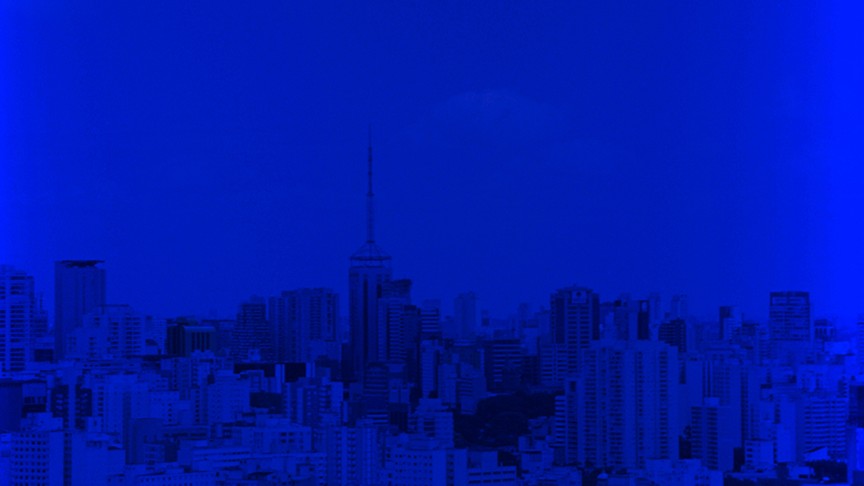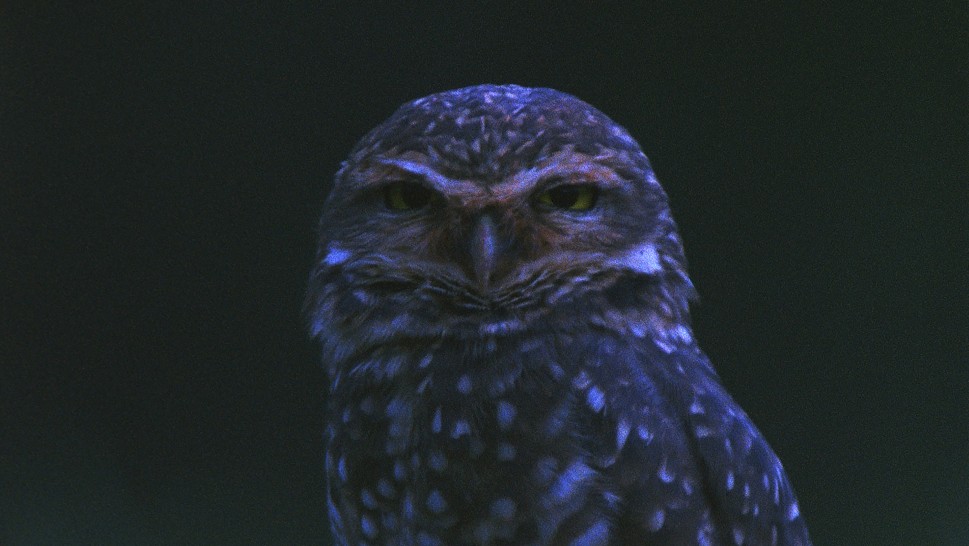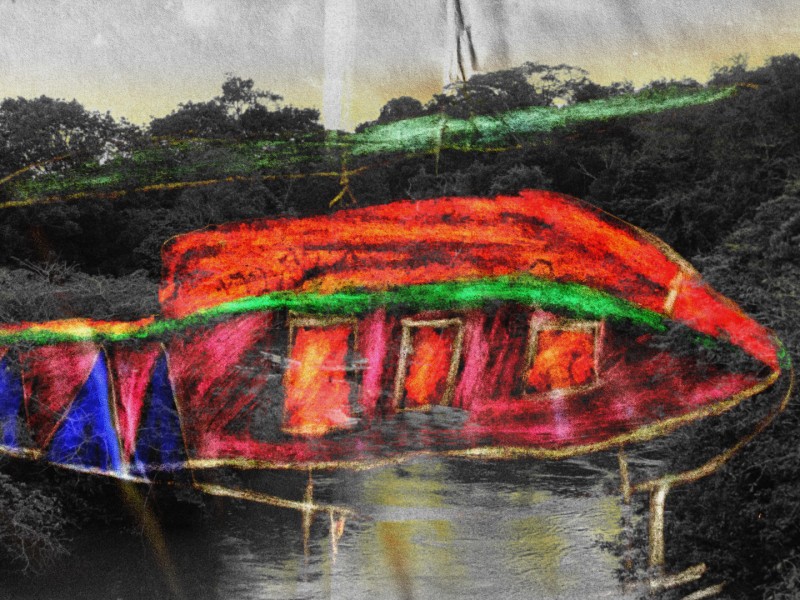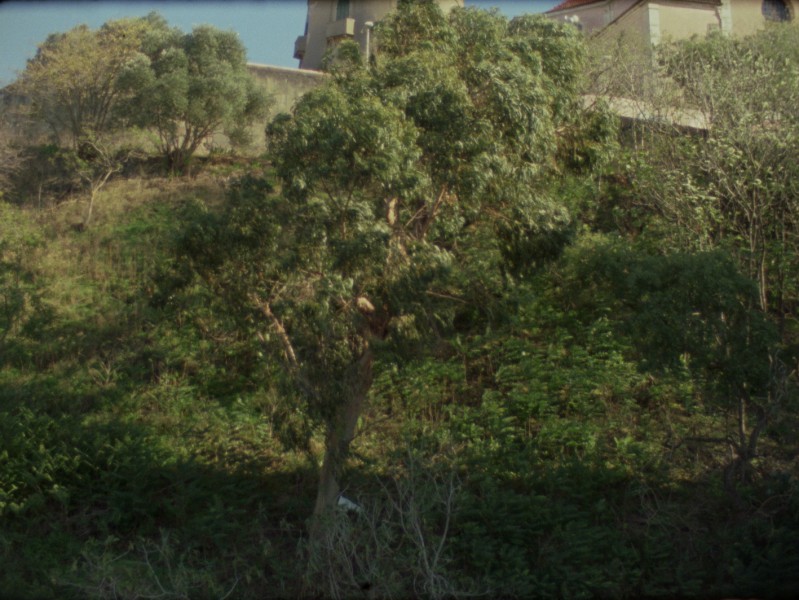




Excavating Subterranea.
The Film Poems of Ana Vaz
Born in Brasília in 1986, Ana Vaz has studied, lived and ventured around the world—including France and Australia—and since returned to this critical location, the setting of many of her films. Through a kind of interrogation and recomposition, the experimental filmmaker helps us to remember what the modernist phenomenon of Brasília attempted to erase, a decimation that has also taken place and takes place in different forms, in different places, as if the original wilderness and its inhabitants had never existed. Brasília’s creation involved a unique kind of erasure, its vision of utopia a contradictory negation of life. In her own words, Vaz is “excavating the layers underneath this architecture, trying to reconnect with a subterranean dimension of this place.” Working with the organic alchemy of 16mm for her initial image capture, Vaz mentions the possibilities of the camera “dehumanizing our vision a little bit,” not in the alienating sense, but in the sense of expanding and changing the perspective to experience things without as much learned interference, a kind of sensory decolonization. She asks us to “remember that cinema is not consumption: it is perception, transformation of perception, it is time and space.” Her films often exist in such a multidimensional state, aided by either making visible the invisible, or by pointing to the masks and illusions created to silence myriad voices that know better.
Her approach is an equitable one, similar to Egydio Schwade of Apiyemiyekî? in his revolutionary and sobering work with indigenous people who, thanks to Schwade’s non-didactic teaching methods, were able to finally speak about genocide through their art. Following the pedagogy of Brazilian educator and philosopher Paulo Freire that critical thought is “anchored in a belief that students and teachers learn together, outside the oppressive master-student logic,” Vaz, too, acknowledges those she films with an open-minded trust and respect, letting them help instruct her in the work’s formation. She is as close an observer as she is a listener, and her films are born of this heightened awareness and attunement. Sonically and visually, she shatters expectation and form, arranging with the audience a hallucinatory ecosystem that seems to evolve with each viewing. Perhaps most palpably evident in her recent feature film, It Is Night in America, it is nearly impossible to passively partake of the film, which confronts us with a simultaneous sense of horror and reverential contemplation. Bubbling up from the exhausted grains of film, Vaz’s science fiction is here and now.
Vaz is also a founding member of the collective COYOTE, “an interdisciplinary group that works in the fields of ecology and political science through experimental forms (conversations, drifts, publications, events and performances).” She lives and breathes her work, deeply engaged with her ideas and questions beyond simply the production of art.
The design of Brasília was inspired by the ideas of Le Corbusier, the architect of the Carpenter Center, so it is appropriate that Ana Vaz and her films will momentarily inhabit this concrete modernist construction, activating its walls and those within them with her prescient, potent apparitions. The Harvard Film Archive and the Film Study Center welcome Vaz as this year’s Robert Fulton III Fellow in Nonfiction Filmmaking. – Brittany Gravely





